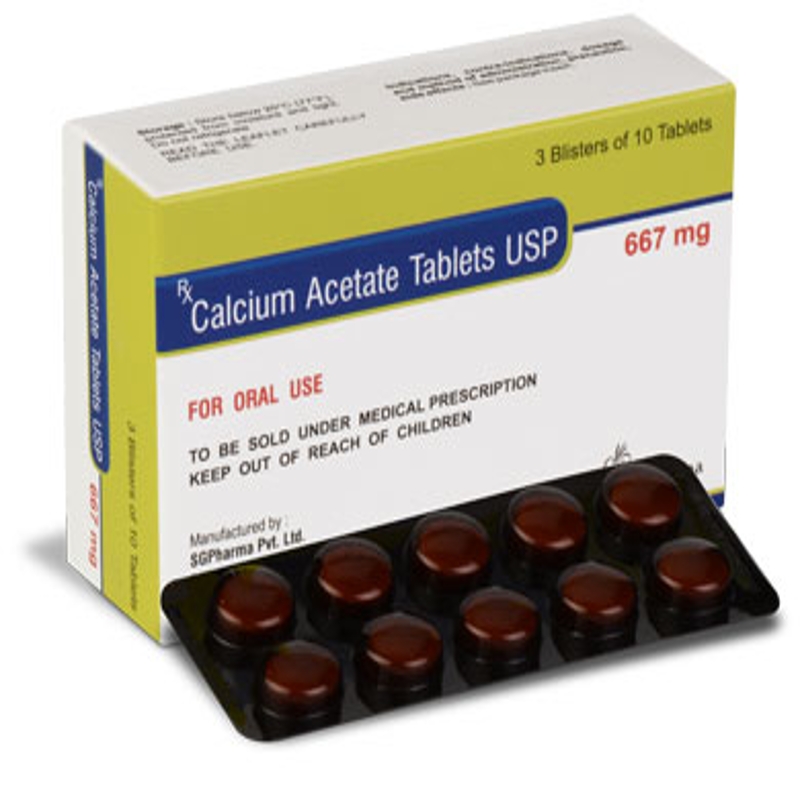-
Categories
-
Pharmaceutical Intermediates
-
Active Pharmaceutical Ingredients
-
Food Additives
- Industrial Coatings
- Agrochemicals
- Dyes and Pigments
- Surfactant
- Flavors and Fragrances
- Chemical Reagents
- Catalyst and Auxiliary
- Natural Products
- Inorganic Chemistry
-
Organic Chemistry
-
Biochemical Engineering
- Analytical Chemistry
-
Cosmetic Ingredient
- Water Treatment Chemical
-
Pharmaceutical Intermediates
Promotion
ECHEMI Mall
Wholesale
Weekly Price
Exhibition
News
-
Trade Service
In yesterday's [Weekly Medical Questions] column, we pushed the latest issue of NEJM Knowledge+ Question of the Week
.
[Weekly Medical Questions] Young women's dyspnea on exertion is progressively worsening.
What is the most suitable treatment for this patient? Today, we announce the answer
.
Did you see the answer? Of course, answering right is not the goal, mastering the key points and expanding knowledge is the kingly way
.
Answer: Mediastinal mass biopsy Learning points: For hemodynamically stable mediastinal mass patients with symptoms of superior vena cava syndrome, the initial treatment is biopsy to confirm the diagnosis
.
EXPANDED KNOWLEDGE This patient had an isolated large mediastinal mass, elevated lactate dehydrogenase levels, and type B symptoms (fever, unintended weight loss, and night sweats)
.
This presentation is typical of primary mediastinal large B-cell lymphoma
.
It is critical to obtain an accurate histological diagnosis before treatment begins, or even before initiation of glucocorticoids, as glucocorticoids can adversely affect the accuracy of pathological diagnosis, or delay confirmation
.
Although this patient had superior vena cava compression, there were no signs of thrombosis, so there was no indication for thrombolysis or heparin therapy
.
In the absence of severe respiratory dysfunction or neurological changes, endovascular stenting of the superior vena cava or emergency radiotherapy for mediastinal masses does not make sense
.
[Weekly Medical Questions] will be continuously updated
.
What would you like to see or learn? Please let us know through comments and look forward to your valuable comments and suggestions
.
References 1.
Yu JB et al.
Superior vena cava syndrome--a proposed classification system and algorithm for management.
J Thorac Oncol 2008 Aug; 3:811.
2.
Wilson LD et al.
Clinical practice.
Superior vena cava syndrome with malignant N Engl J Med 2007 May 3; 356:1862.
3.
Klein-Weigel PF et al.
Superior vena cava syndrome causes.
Vasa 2020 Oct; 49:437.
Copyright information This article is provided by Jiahui Medical Research and Education Group (J- Med) in collaboration with the New England Journal of Medicine (NEJM) to translate, write or contract for the NEJM Frontiers in Medicine
.
The full text of the Chinese translation and the included figures are exclusively authorized by the NEJM Group
.
If you want to reprint, please leave a message or contact nejmqianyan@nejmqianyan.
cn
.
Unauthorized translation is an infringement, and the copyright owner reserves the right to pursue legal responsibility
.







